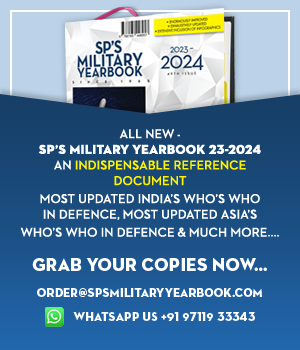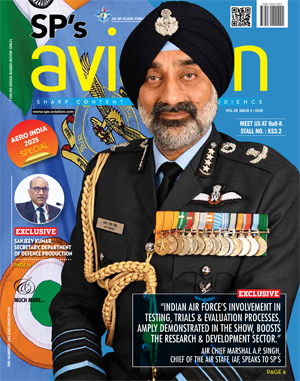INDIAN ARMED FORCES CHIEFS ON OUR RELENTLESS AND FOCUSED PUBLISHING EFFORTS
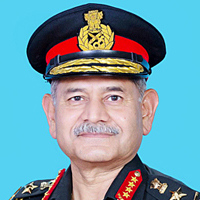
The insightful articles, inspiring narrations and analytical perspectives presented by the Editorial Team, establish an alluring connect with the reader. My compliments and best wishes to SP Guide Publications.
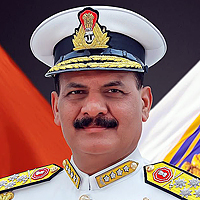
"Over the past 60 years, the growth of SP Guide Publications has mirrored the rising stature of Indian Navy. Its well-researched and informative magazines on Defence and Aerospace sector have served to shape an educated opinion of our military personnel, policy makers and the public alike. I wish SP's Publication team continued success, fair winds and following seas in all future endeavour!"

Since, its inception in 1964, SP Guide Publications has consistently demonstrated commitment to high-quality journalism in the aerospace and defence sectors, earning a well-deserved reputation as Asia's largest media house in this domain. I wish SP Guide Publications continued success in its pursuit of excellence.
- Indian Air Force Aims for Full Indigenous Inventory by 2047 — Air Chief Marshal A.P. Singh
- Rajnath Singh assumes charge as Defence Minister for the second consecutive term
- Interim Defence Budget 2024-25 — An Analysis
- Union Defence budget 2024
- Prime Minister Modi Flies in the LCA Tejas
- New Chapter in India-Italy Defence Ties
- Airpower beyond Boundaries
Boeing Validates Software for Future Manned Unmanned Refueling Missions
- Software advancing after years of development and testing; now encompassing real aircraft hardware
- Results significantly reduce communication time between F/A-18 pilots and unmanned MQ-25 Stingrays
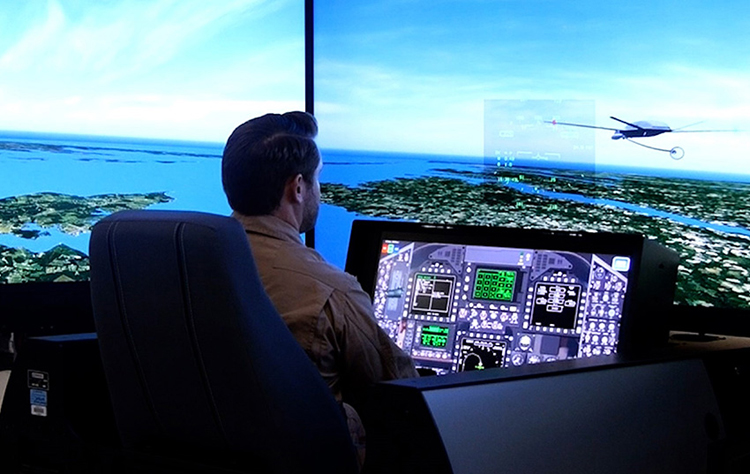
Boeing has advanced its manned-unmanned teaming (MUM-T) technology using a digital F/A-18 Super Hornet and MQ-25 Stingray. The testing shows the software is maturing for future US Navy use and a potential to deploy the teaming capability on both F/A-18 Block II and III Super Hornets.
In a simulator lab, a Boeing-led team virtually demonstrated an F/A-18 pilot commanding an unmanned MQ-25 to release a refueling drogue and refuel the Super Hornet, using existing communications links on both platforms.
The new software is a maturation of tests Boeing has previously done. In addition to the upgraded software, test teams pulled in hardware and datalinks already installed on both platforms to run the finalized software further proving Boeing's readiness to deliver this capability to the Navy.
"MQ-25 is designed to typically receive commands from air vehicle pilots on an aircraft carrier. This software will add a second option, enabling pilots to initiate commands right from their cockpit," said Alex Ewing, F/A-18 New Product Development lead.
The Boeing-created software will significantly reduce the time it takes for an F/A-18 to communicate with an MQ-25, giving pilots greater flexibility in refueling from longer distances.
"The goal of the demonstrations was to make MUM-T refueling as real as possible," said Juan Cajigas, director, Advanced MQ-25 program. "Aerial refueling is like a ballet as two airplanes come together. To be able to direct the activities via a single pilot, safely and efficiently, is a major step forward in aerial refueling technology."




